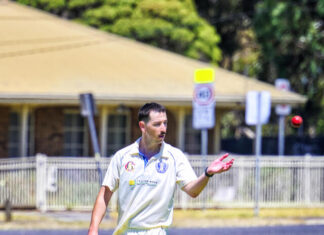Hamish Heard
Students will study in a radical new school of the future when the existing Torquay primary campus expands to include years seven to nine.
The school will dispense with traditional classrooms, bells and hallways in favour of a 21st Century state-of-the-art learning model dubbed New Paradigm.
Torquay will follow Geelong’s Western Heights Secondary College to become one of the first schools in the state to adopt the innovative learning model.
Torquay Primary School Council president Jeremy Threadgold predicted three new precincts for years seven to nine would cost about $8 million to build at the primary school site.
“The Education Department has thrown away the rule book on how you design schools these days and this campus will lead the way,” Mr Threadgold said.
Students at the new school would be arranged into small groups called “advisories” to replace the traditional classroom structure, he said.
A cluster of advisories would then form a small “learning community”.
Students would have individual workstations within their advisory and would venture out into a range “flexible learning spaces” to study various subjects, Mr Threadgold said.
With names including the Da Vinci and Einstein studios and the Stephanie Alexander Kitchen, the flexible learning spaces would replace traditional study areas for subjects like science, woodwork and cooking.
The campus would also feature a performing arts centre and multi-media facilities boasting state-of-the-art information technology and film production equipment.
“We’ve also put in an application with the Federal Government for funding for an environmental centre,” Mr Threadgold said.
He said the world’s leading “educational planner”, New York-based Prakash Nair, had developed the Torquay school concept.
Mr Nair had been working closely with the school’s architect, Melbourne’s John Patrick.
Western Heights is set to become the world’s first school built from the ground up to comply with the New Paradigm principles when it opens in 2009.
Mr Threadgold was confident the Torquay school would be complete by 2010 but said the year seven component could be operational in 2008 depending on when state funding was available.
“We’re going to have a facility that will be second-to-none for both students and for the teachers,” Mr Threadgold said.
Get the latest news to your email inbox FREE!
REGISTER





